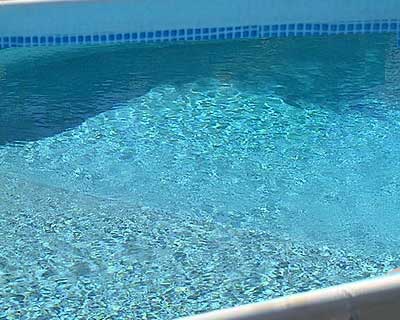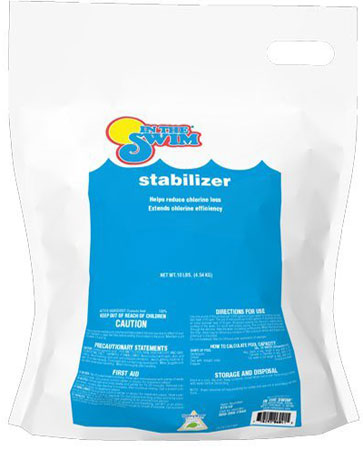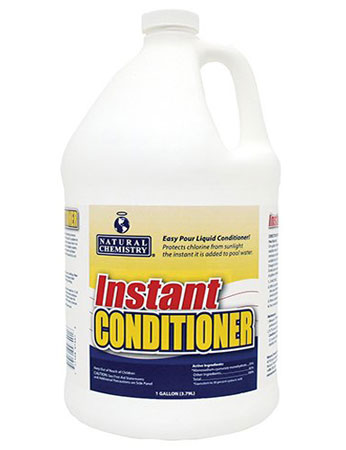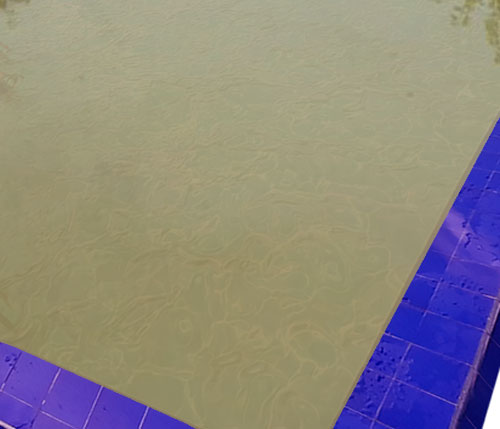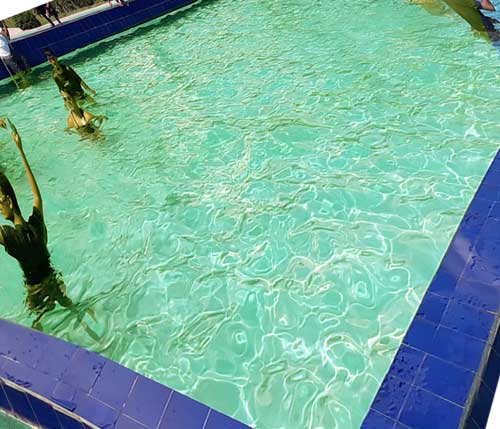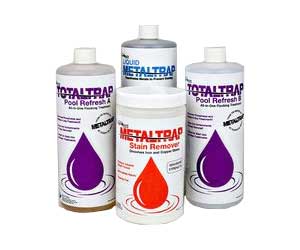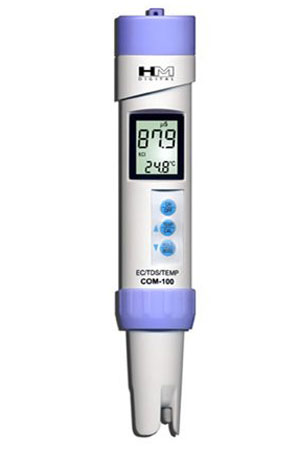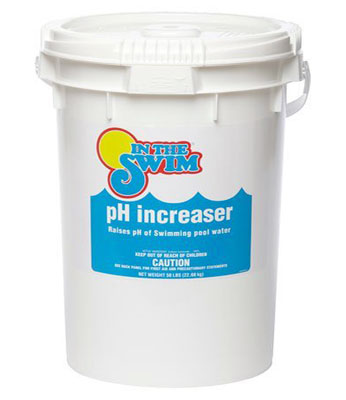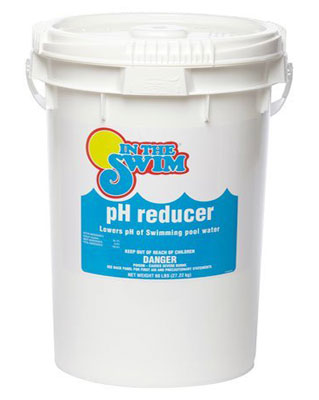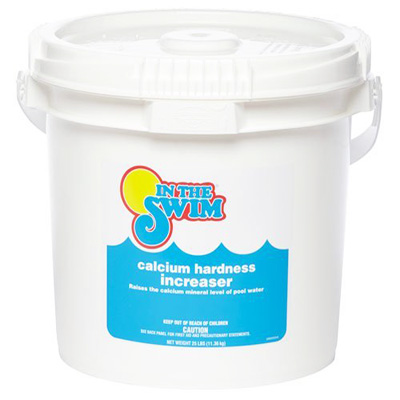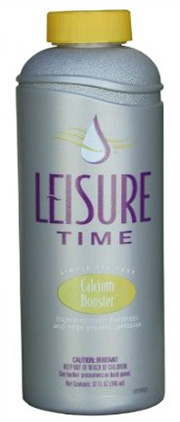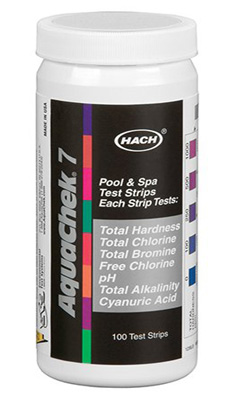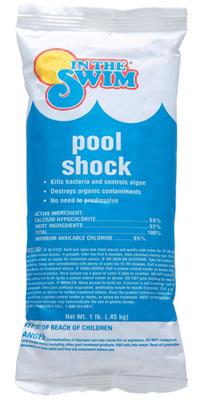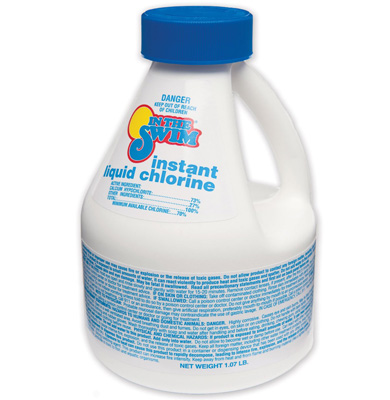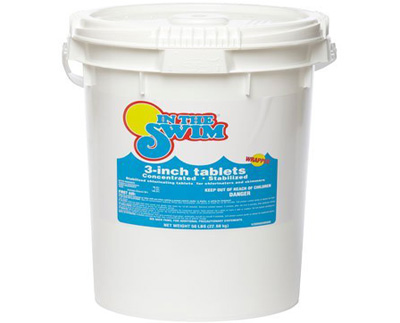Swimming pool start up kits are the most important chemicals for any pool owner. After the winter season when the weather is starting to warm up or when we fill up new pool for the first time both cases these kits plays an important rule; it is not a matter whether it is in ground or above ground pool or intex pool. Without water balance the pool water isn’t quite ready for swimmers. The correct pool start up chemicals make the pool is free of any potentially harmful contaminants and will protect the swimmers. These chemical contains total alkalinity controller, pH, hardness, sanitize, stain prevention products, algaecides, clarifiers and Sun Sorb. Together, all of these chemicals will clean, clear and safe pool water and therefore we can jump into the pool and start to enjoy the swimming. The following top 10 pool opening tips should be taken by the pool owners which is very easy to do.
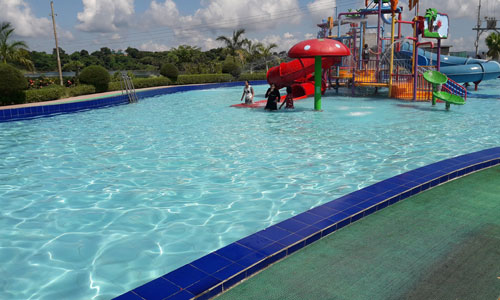
Step-1: Taking Off Pool Cover
If the pool is an existing pool and having a winter cover then remove it carefully because it may have some amount of water and debris on the cover. So before uncover the pool you should remove the water and debris. After removes the water or debris uncover the pool carefully so that it may not fall into the pool, if some amount of water or debris fall into the pool then it does not a matter because the pool will be thoroughly cleaned. After removing clean the cover properly and store in a safe zone like a basement, garage, storage shed so that it does not damage in summer season and you can use for the next winter season.
Step-2: Reconnect the Equipments
After removing the cover, it is time to reconnect all the equipment which are disconnected before the winter season. The equipment may be pool filter, pump, ladder, pool cleaner or other accessories. Then lubricate all the machinery where needed. It is very important for the equipment keeping safe and proper working position.
Step-3: Test the Water
This step is need for both the new pool and winterization pool. In this step test your water by using test kit. It is important to test the water for total alkalinity, pH, Chlorine, hardness and stabilizer levels and use the Swimming pool start up kits step by step. You should take the water samples from different point below from the surface of water and average the result for better one. It will help you which chemical you have to use. Never add the chemicals before test the water.
Step-4: Test the Total Alkalinity
After completing the water test, we have to balance the water by adding chemicals. Firstly we should have to balance the alkalinity because it will help to adjust the other parameter in normal range. Alkalinity measures the concentration of free alkaline substances in the water. The proper levels for total alkalinity range from 80 to 120 ppm. If the alkalinity is high then we can lower it by adding an alkalinity decreaser like sodium bisulfate. On the other hand if the alkalinity is low then we can raise the total alkalinity by adding an alkalinity increaser like sodium bicarbonate.
Step-5: PH adjustment
Once we adjust the total alkalinity then we can begin to adjust to other parameters like pH adjustment. The pH is the determination of the acidity or alkalinity of the water. pH means hydrogen ions molar concentration in a solution. The pH ranges from 0 to 14 where 0 means more acidic and 14 means more basic. The pool water pH level should be adjusted from 7.2 to 7.6. To increase the pH we can add soda ash whereas to decrease the pH we can use pH decreaser like muriatic acid and sodium bisulphate.
Step-6: Calcium Hardness
Pool calcium hardness means the amount of calcium ions concentration in water express as CaCO3. Both high and low levels of calcium hardness create problems in swimming pool. The perfect level of calcium hardness in pool water is 150-350 ppm. if the calcium hardness is very low then we can raise this by adding hardness increaser chemicals like calcium chloride. On the other hand if the calcium hardness is very high then we can decrease this by several way such as dilute the water, hardness reducer. For more information you can see the article “Pool calcium hardness increaser and reducer”.
Step-7: Brush and Vacuum
After the winter season a remarkable amount of dirt and debris may contain in pool water. It can be a source of algae and bacteria. So before the sanitization it is good idea to give the pool a thorough brushing and vacuuming. It will helpful to eliminate algae spores. During brushes it is important to brushing all the point of the pool. Now run the filtration system and circulate the water for at least 8 hours or overnight but it is better to circulate the water for 24 hours. It also helps spreads pool chemicals evenly.
Step-8: Sanitize the Water
After circulate the water next step is to shock or sanitize the pool water. Chlorine used as a sanitizing chemical of water. This chemical help the swimmers from getting rid of bacteria, algae growth, dirt, debris and other unwanted water contaminants that may have entered into the pool during the winter season and keeps the water clean and safe. There are several types of pool chlorine such as gaseous, liquid chlorine, tablet chlorine, granular chlorine and powdered chlorine are used in swimming pool. Calcium hypochlorite is the most common type sanitizing chemicals. Cyanuric acid used in swimming pool as a chlorine stabilizer. It is known as CYA. After adding the chlorine leave the pool for overnight then retest the pH and calcium hardness, adjust these two parameters if necessary.
Step-9: Prevent Algae
If After socking the pool, it is time to start treatment for algae. The most common question from swimming pool owners are that “how to remove algae from pool water”. They are single-celled microscopic organisms that grow quickly in the right conditions. They will create some problem like slime, odor, discolor the water which looks ugly. By keeping pool chemistry at right stage you can prevent their growth. A wide variety species of algae are found in the world. Properly swimming pool water maintenance (including regular circulation and filtration) and keeping minimum sanitizer levels will prevent any algae spores entering the pool water. The most common type swimming pool algaecide are copper sulphate, chelated copper-based products, quaternary ammonia, benzalkonium chloride and simazine.
Step-10: Metal Stains
During winter season, the metal such as manganese, iron and copper can build up in pool water and can lead to discolor the water. The metal may enter in pool water through by chemicals, pool equipment and plumbing or poles, toys, and tools that are fall into the water. Moreover, fresh water is also an important source of metal in pool water. Higher level of metals can create stains on swimming pool. To remove metals you can follow the methods that are described in the article “Problems of iron and copper in pool water”.
To balance the water, use this swimming pool start up kits in a regular basis. It will keep your water and the pool in good condition.

